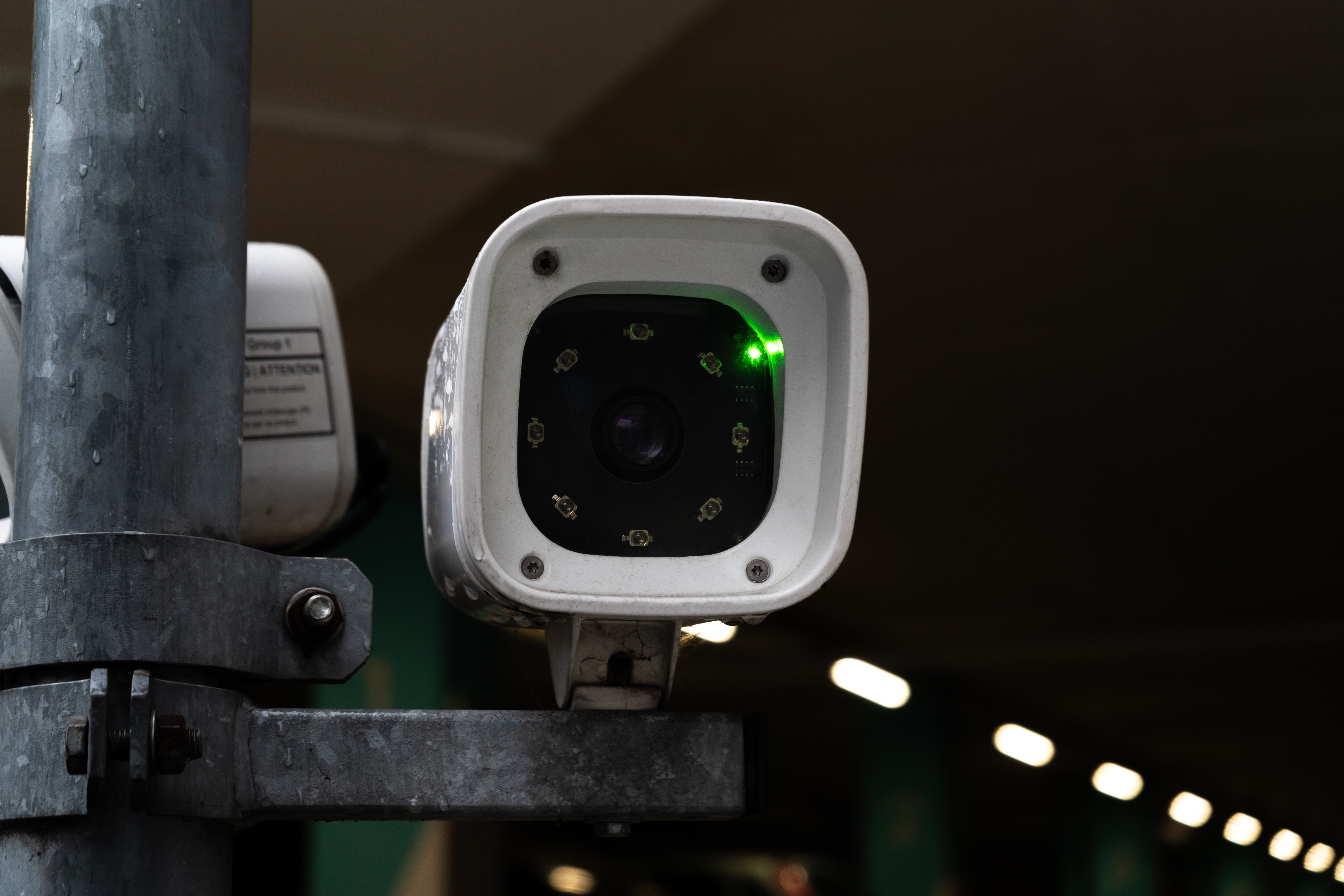How to Balance Privacy and Public Safety in the Digital Age

Tim Evans
Account Executive
How can local governments and police departments strike the right balance? Let’s explore the critical aspects of this complex issue and highlight strategies that can help agencies navigate the digital landscape responsibly.
Digital tools such as body-worn cameras, social media monitoring, and predictive analytics are transforming how police interact with the communities they serve. These technologies can improve transparency, increase efficiency, and provide valuable insights that enhance decision-making. For instance, real-time data can help law enforcement quickly identify crime hotspots, deploy resources effectively, and respond more swiftly to incidents.
Privacy Concerns: The Double-Edged Sword of Surveillance
The public’s apprehension about privacy is understandable. Surveillance cameras, facial recognition software, and automated license plate readers can create an environment where citizens feel constantly monitored. This perception can erode trust, especially in communities that have historically had strained relationships with law enforcement.
Furthermore, data breaches and unauthorized access to sensitive information are legitimate concerns. If not managed carefully, the data collected by digital tools can be vulnerable to cyberattacks, putting personal information at risk.
Addressing these issues requires clear policies, transparency, and robust security measures to protect both public safety and individual privacy rights.
Building Community Trust Through Transparency
One of the keys to balancing privacy and public safety is transparency. Law enforcement agencies must be open about the technologies they use, how data is collected, and the safeguards in place to protect citizens’ privacy. This means developing and sharing clear policies on data usage, retention, and access.
Community engagement plays a crucial role in this process. By involving residents in discussions about new technologies, law enforcement can address concerns upfront and build trust. Public forums, community advisory boards, and regular updates about technology use can help bridge the gap between the police and the public.
Implementing Privacy-First Policies
A privacy-first approach involves setting clear boundaries on how data is collected, stored, and used. This can include:
- Data Minimization: Collecting only the information necessary for public safety purposes.
- Access Controls: Restricting who can access data and under what circumstances.
- Regular Audits: Conducting regular reviews of data practices to ensure compliance with privacy standards.
- Training: Educating officers and staff on ethical data usage and privacy rights.
These steps can help prevent overreach and ensure that digital tools are used responsibly.
The Role of Technology in Fostering Safe Communities
Despite the challenges, digital tools have significant potential to foster safer communities when used thoughtfully. For example, social media platforms can serve as a bridge for communication between police and the public, allowing for real-time updates and community feedback. Predictive policing tools can help allocate resources more effectively, focusing efforts on areas where they’re needed most.
Ultimately, the goal is to leverage technology in ways that enhance public safety without compromising the trust and privacy of the community. This balance is not easy, but with careful planning, transparent communication, and a commitment to ethical standards, it is achievable.
Conclusion
Community policing in the digital age requires a nuanced approach. As law enforcement agencies adopt new technologies, the need to balance privacy with public safety becomes more pressing. By prioritizing transparency, engaging the community, and implementing privacy-first policies, police departments can build the trust needed to effectively serve and protect.
The future of community policing lies not just in the tools used but in how those tools are deployed—with respect for individual rights and a commitment to the principles of justice and equity.
%20copy-1.png?width=544&height=120&name=Logo_black%20(1)%20copy-1.png)




